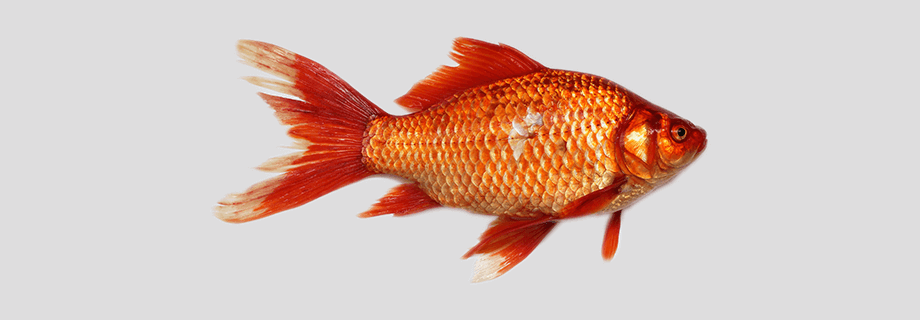Small-Scale Fish Feed Extrusion

A Mozambique tilapia farm is for sale: www.undercurrentnews.com/2014/02/11/mozambique-tilapia-farm-looks-for-new-owners/
The owners, Emvest, want to sell Deep Water Produce and its cage farming site on Lake Cahora Bassa in Tete province, Mozambique. Assets include an 11-hectare site and a building, together valued at $500,000. The company has licences and permits already in place, including water rights, environmental licence, tax benefits and a ten-year renewable aquaculture permit for 7 million fingerlings and 5,000 mt annual production… but it’s estimated that an additional $8 million is needed before the farm can produce 5,000 mt tilapia a year.
There is plenty of space to succeed in this business.
The region is already host to commercial tilapia farms. Lake Harvest (http://www.africancentury.co.uk/businesses/food/fish/) has operations on Lake Kariba in Zimbabwe and Zambia (and on Lake Victoria in Uganda), producing some 10,000 mt of fish each year. Yalelo (http://www.yalelo.com/) has operations on Lake Kariba in Zambia too, where there is a chronic shortage of fish. Zambia produces 70,000 tonnes each year, whereas national demand is at least 120,000 tonnes. The deficit is partly made up by imports but fish consumption is also falling – from 12kg per capita in the 1980s down to 7 kg today.
Nevertheless, Zambia has an estimated 6,000 small-scale fish farmers as well as 16 large commercial farms. All of them need quality feed.
Patrick Blow, founder of Lake Harvest and a recognized expert on fish farming in Africa, blames skills shortage and feed shortage. He told a conference last year that lack of quality feed was perhaps the “biggest challenge”. He added: “The only way around it is to build it yourself.”
Bear in mind that feed is 60% of production cost. It is well recognized that extruded floating feed has many benefits for tilapia and other surface feeding species – less feed wastage, better water quality, faster growth rates. But until recently, extruders only came with relatively high capacities at 5 or 10 mt/hour, putting them out of reach of smaller aquaculture operations. In order to provide a smaller-scale solution, Insta-Pro launched the MS3000 Extruder with competitive pricing, 1 mt/hour capacity and minimum die size of 3mm.
Producing high quality floating tilapia pellets of course requires a regular supply of feed ingredients: maize, cassava, rice bran, soybean meal, fullfat soy, sunflowerseed meal, cottonseed meal. Researchers in Tanzania have found that a blend of moringa leaf and sunflowerseed meal works well in tilapia diets too.
The Insta-Pro fish feed extrusion process requires a hammer mill to mill raw materials, a mixer to blend raw materials including vitamin-mineral premix, the Insta-Pro MS3000 with steam preconditioner (yes, steam is required for quality pellets) and cutter head to shape the pellets, and finally a dryer-cooler to ensure pellet shelf-life and stability.
The MS3000 can produce 24 mt of fish feed per day. That’s around 500 mt of feed per month. The business opportunities are there in Africa!



